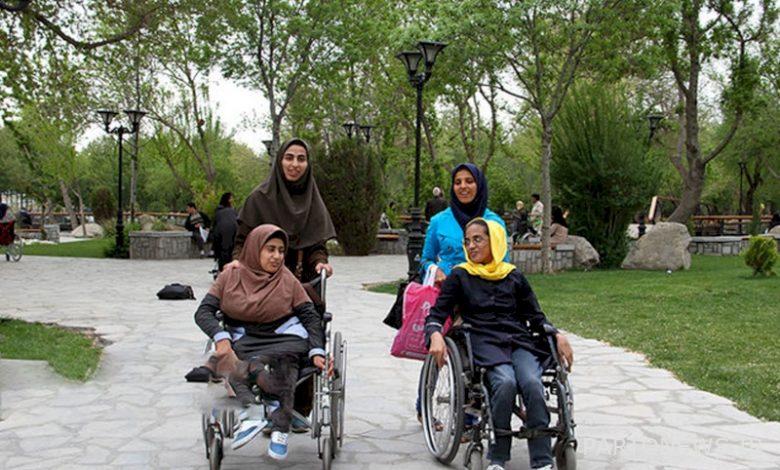Tourism for all

For this reason, the concept of tourism for all or accessible tourism was introduced in 2009. This concept provides the necessary infrastructure for tourism in all regions so that all human beings, regardless of age, race, physical or mental disability, can travel and discover the world among countries.
The concept of “accessible tourism”, “tourism for all and accessible tourism” deals with the adaptation of tourism environments, products and services to the needs of all members of society and makes it possible for everyone to use and enjoy the services.
This type of tourism, by providing the facilities needed by the disabled, blind, deaf, mute and even the elderly, pregnant women and children, makes it possible for everyone from children to disabled people to use the tourism facilities fairly and while maintaining their dignity. Take advantage.
In tourism for everyone, all services, products and environments are designed and prepared in such a way that everyone can use them regardless of their physical and mental limitations. Many hotels, museums and companies around the world are trying to offer their services and products to these people. In fact, accessible tourism means that everyone has an equal right to enjoy travel, and that visiting all tourist attractions, whether natural, historical or cultural, should be possible for everyone. It is true that there are limitations, but with some tips, the available tourism can be implemented.
In order for everyone to be able to go on an adventure at their destination and enjoy the fun and visit the attractions, they need to have the facilities they need. For example, to visit museums, having an audio guide will help deaf people. Tourism organizations can help these people experience an easy and enjoyable journey by providing them with the facilities they need, from transportation in the city to hotel stays and attractions.
Let us not forget that all people, regardless of their physical and mental limitations, have an equal right to enjoy traveling and visiting all tourist places, and in order to achieve this, tourism must be adapted for different strata. Accessible tourism means that each person has access easily and without the need for the help of others. When a person with a disability can easily enter a place or building, use the facilities of that place easily. Then we can claim to have implemented the available tourism.
The development of “accessible tourism” requires bedrock, investment and dedicated budgets to achieve the desired level. Necessary facilities must be provided in this regard.
The main challenge of accessible tourism is to get acquainted with the needs of this segment of society, which sometimes causes mental and physical damage to these people. Creating access and adaptation in different parts of historical buildings such as stairs, ramps, elevators, toilets and also eliminating the shortcomings in hotels and creating tourism centers by observing the standards related to the use of different age groups and people with disabilities are among the measures to develop. Tourism is available.
Existence of audio guide system in historical monuments, existence of illustrated tourist guide boards and presence of human guides in some historical places are other facilities that are available in the field of tourism.
Health tourism is available in line with tourism development. Establishment of health towns and prosperity of health tourism in order to develop available tourism and attract medical tourism. Easy access to health care facilities, comprehensiveness and inclusion of all treatment strategies and methods, fair distribution of health services, easy access to health care and specialized clinics, laboratory environment, meeting all medical and health care needs in one place, including prominent features It is a health town and in addition to creating jobs for doctors and health workers, this tourism has led to the development and employment of other services and jobs that make a living on the outskirts of health towns.
.

